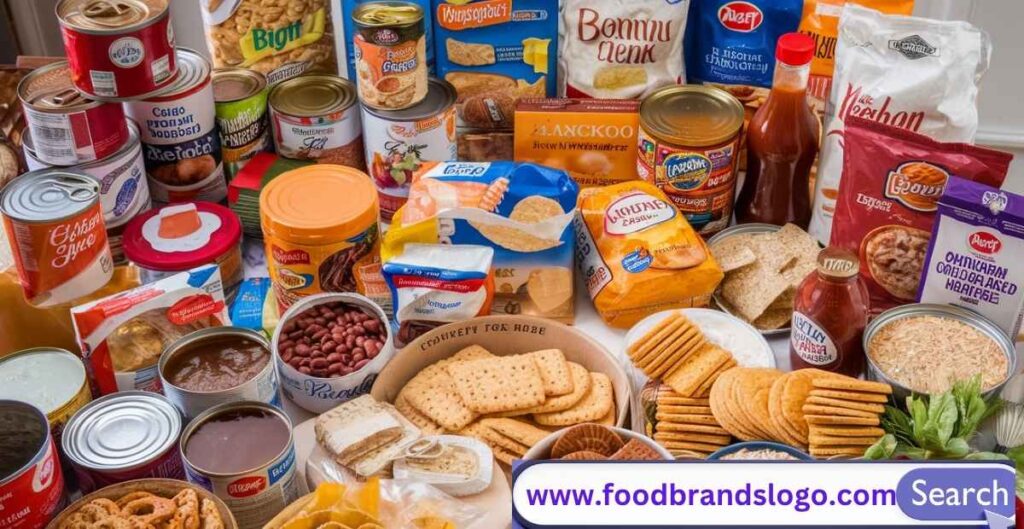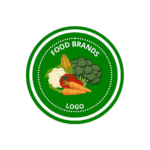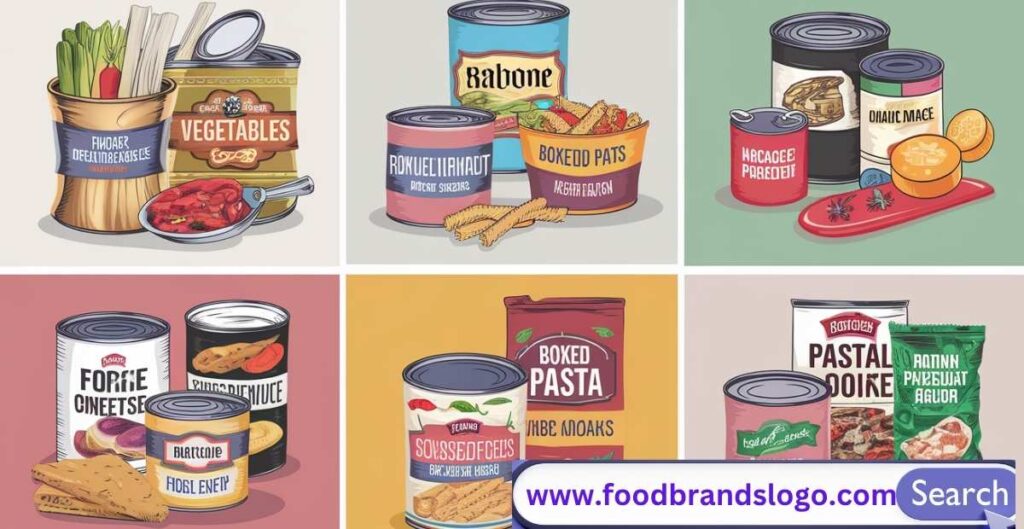Introduction
Have you ever looked at a food label and questioned what half of those ingredients are? You’re not by yourself. Processed foods now predominate on store shelves, in convenience stores, and even in school lunches.
But when it comes to food, what exactly does “processed” mean? Is it bad all the time? Or do certain processed meals have health benefits? We’ll delve deeply into the world of processed foods in this post, covering their definition, manufacturing process, several varieties, well-known examples, and even a little history lesson on the origins of food processing.
By the conclusion, you’ll know why it’s important to know what’s in your food and how to make better, more educated decisions without sacrificing convenience. So let’s get going!
Processed Foods Definition

To put it simply, processed foods are foods that have been altered in some way during preparation. This can involve pasteurization, fermentation, drying, baking, freezing, canning, or the addition of preservatives, sugar, salt, or other additives.
The goal? Usually to make food easier to prepare, increase shelf life, enhance taste, or guarantee safety.
The NOVA Classification System
One of the most recognized systems to define processed foods is the NOVA classification, developed by Brazilian researchers. It divides foods into four categories:
- Unprocessed or Minimally Processed Foods
- Processed Culinary Ingredients
- Processed Foods
- Ultra-Processed Foods (UPFs)
Understanding these categories helps consumers recognize just how processed their food really is.
Types Of Processed Foods
Not all processed foods are created equal. Some are relatively healthy, while others are best avoided. Let’s break them down:
Minimally Processed Foods or Unprocessed
The least amount of processing is done to these items. The original product remains mostly intact, although the main objectives are typically to improve safety, maintain freshness, or get the meal ready for cooking.
Among the examples are:
Clean and chop vegetables
Fruits or vegetables that are frozen (without additives)
Nuts roasted
Yogurt plain
Whole grains
Pasteurized milk
These foods are an excellent component of a healthy diet since, despite slight modifications, they still contain the majority of their original nutrients.
Processed Culinary Ingredients
These are ingredients extracted from whole foods, used in cooking and meal prep. While they’re processed, they’re often used in moderation.
Examples:
- Olive oil
- Salt
- Sugar
- Butter
- Flour
- Vinegar
They add flavor, texture, or preservation ability to dishes, but overconsumption can pose health risks.
Processed Foods
These foods typically have two or three added ingredients and have undergone methods like canning, fermenting, or baking.
Examples:
- Canned vegetables with salt
- Cheese
- Tinned fish like tuna or sardines
- Pickles
- Freshly made bread
Many of these can be part of a healthy diet—depending on the ingredients and preparation method.
Ultra Processed Foods
Health professionals are most concerned about this category. Industrial formulations with little to no whole food content that are mostly or exclusively composed of refined components and additives are known as ultra-processed foods.
Typical instances:
Soft drinks
Instant noodles
packaged snacks
Breakfast cereals with added sugar
prepared meats, such as hot dogs
Burgers and fries from fast food
These foods are high in calories and low in nutrients because they frequently have additional sugar, salt, preservatives, artificial coloring, and taste enhancers.
Processed Food History
The story of processed food is older than you might think. In fact, humans have been processing food for thousands of years.
Ancient Techniques
- Drying and fermentation were early preservation methods.
- Salting and smoking helped keep meat safe before refrigeration.
- Fermentation brought us cheese, yogurt, and wine.
The Industrial Age
- In the 1800s, Nicolas Appert developed a canning method that revolutionized food storage.
- Later, Louis Pasteur discovered pasteurization, increasing the safety of milk and other beverages.
The 20th Century Boom
- World Wars and urbanization led to mass production of canned and packaged foods.
- The rise of companies like McDonald’s brought fast food into mainstream culture.
- The late 1900s saw an explosion in ready-to-eat meals and convenient snacks.
Today, the global food industry relies heavily on processed products to feed billions—but at what cost?
Why Are Processed Foods Bad?
Let’s be clear: not all processed foods are harmful. But ultra-processed ones? That’s where problems often arise.
Nutritional Downsides
- Added sugars can spike blood sugar and increase risk of type 2 diabetes.
- Excess sodium leads to high blood pressure.
- Many processed foods contain unhealthy trans fats, contributing to heart disease.
- Low fiber and nutrients mean you’re eating empty calories.
Health Risks
Numerous studies link high intake of ultra-processed foods to:
- Obesity
- Digestive issues
- Nutritional deficiency
- Cancer risk (especially colorectal)
- Mental health concerns like depression
A 2019 study published in BMJ found that people who ate more ultra-processed food had a higher risk of early death.
Types Of Processed Foods To Avoid
Want to improve your diet? Start by cutting back on these:
- Sugary beverages (soda, energy drinks, flavored waters)
- Processed meats (bacon, sausages, deli meats)
- Pre-packaged sweets (cookies, cakes, pastries)
- Instant noodles or boxed dinners high in sodium
- Flavored yogurts with lots of added sugar
- Breakfast cereals with artificial colors and sweeteners
These foods tend to disrupt hunger signals, making it easy to overeat without feeling full.
Pros And Cons Of Processed Foods
Not everything about processed foods is doom and gloom. Like most things in life, it’s about balance.
✅ Pros:
- Convenience: Fast, easy meal prep.
- Food safety: Processing kills harmful bacteria.
- Longer shelf life: Reduces food waste.
- Fortified foods: Some processed foods are enriched with vitamins and minerals.
❌ Cons:
- Nutritional loss: Natural nutrients can degrade.
- High in sodium and sugar: Linked to chronic illness.
- Artificial additives: Can cause digestive or allergic reactions.
- Risk of overeating: Hyper-palatable foods are hard to resist.
Tip: Always read food labels. Watch for hidden ingredients like “maltodextrin,” “high-fructose corn syrup,” or “hydrogenated oils.”
Conclusion
Our modern diet includes a lot of processed goods, not all of which are bad for us. Ultra-processed foods that are high in additives, sugar, and sodium should be consumed in moderation, but foods that are less processed or traditionally preserved can be safe and nourishing.
It is not necessary to completely avoid processed foods in order to make wise dietary decisions. Instead, strive for moderation, awareness, and balance. Focus on eating complete, natural foods as your base, learn to read labels, and cook more at home when you can.
FAQs
Are all processed foods bad?
Not at all. Some are actually healthy, like frozen vegetables or canned beans without added salt or sugar. The key is knowing what’s in your food.
What are the healthiest processed food options?
Look for minimally processed items like:
- Whole-grain pasta
- Canned legumes (low-sodium)
- Plain Greek yogurt
- Frozen fruits and veggies
Can I eat ultra-processed food occasionally?
Yes—but treat them like a treat, not a staple. Occasional indulgence won’t harm you, but daily consumption can.
How do I identify ultra-processed foods on labels?
Watch for:
- Long ingredient lists
- Ingredients you can’t pronounce
- Additives like artificial colors, sweeteners, or preservatives
- High levels of sodium, sugar, or saturated fats

